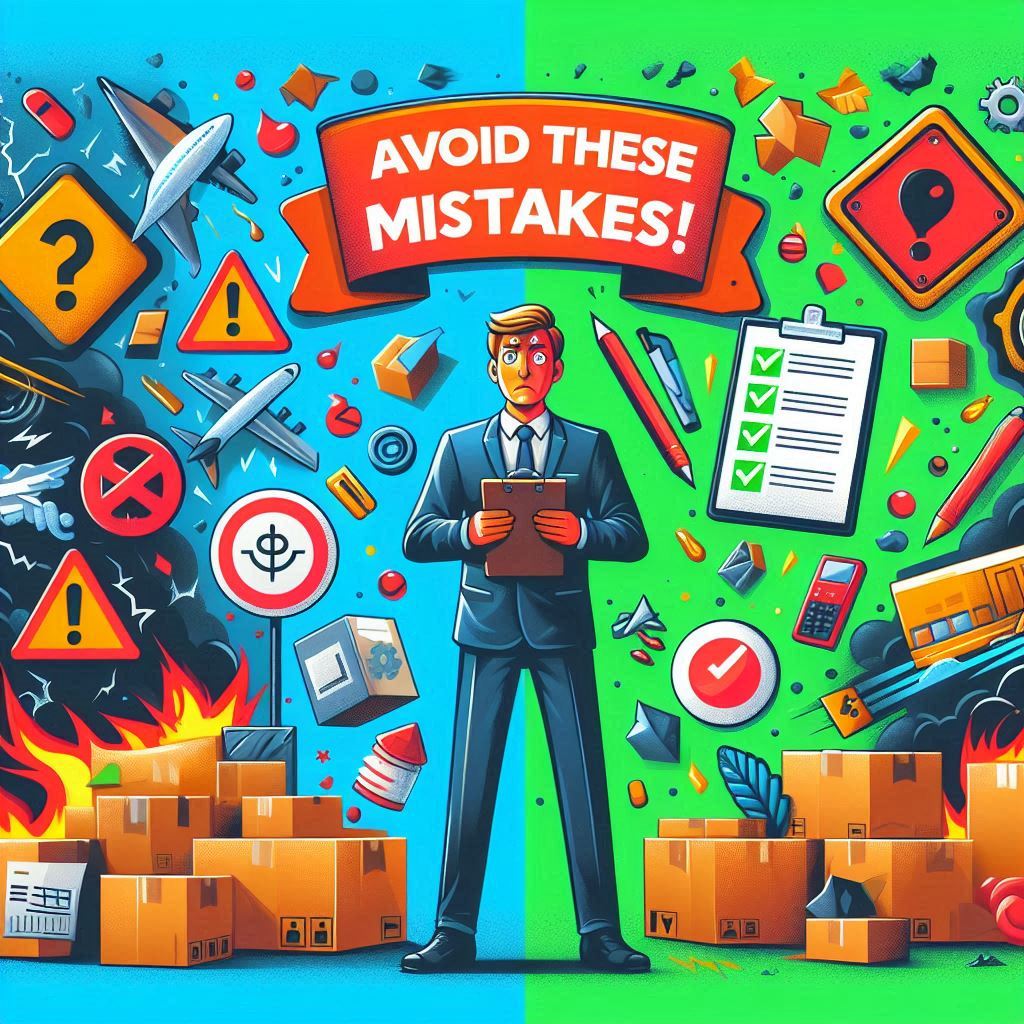Dropshipping has become one of the most popular business models for entrepreneurs worldwide. With minimal investment and no need for physical inventory, a dropshipping website allows you to sell products online and ship them directly to your customers without handling the goods yourself. In this article, we’ll explore everything you need to know about dropshipping websites, from the best platforms to use to how to optimize your site for conversions.This tutorial can assist you whether you’re a beginner or trying to improve your approach.

1. Top 10 Best Dropshipping Websites to Start Your Online Store in 2024
When it comes to creating a successful dropshipping business, choosing the right dropshipping website is critical. A number of platforms are accessible, each with a unique set of capabilities. Here are the top 10 dropshipping websites you can use to start your business in 2024:
- Shopify: The leading eCommerce platform with robust dropshipping features.
- Oberlo: Integrated with Shopify, offering seamless product sourcing.
- AliExpress: One of the largest supplier platforms for dropshipping.
- WooCommerce: A customizable, WordPress-based solution.
- BigCommerce: Offers scalability for growing businesses.
- Spocket: Focuses on suppliers in the US and Europe for faster shipping times.
- SaleHoo: A directory of vetted suppliers for easy product sourcing.
- Wholesale2B: Integrates with multiple platforms for multi-channel selling.
- Doba: A dropshipping supplier platform with quality control.
- Printful: Perfect for custom products like T-shirts and mugs.
Each of these platforms has its strengths, so choosing the best dropshipping website depends on your business needs, budget, and target market.

2. How to Create a Successful Dropshipping Website: A Step-by-Step Guide
Building a successful dropshipping website from scratch can seem daunting, but it’s completely doable if you follow the right steps:

- Step 1: Choose a platform: Shopify, WooCommerce, or BigCommerce are great options for building your site.
- Step 2: Select a niche: Focus on a specific market, like electronics, fashion, or pet products, to avoid oversaturation.
- Step 3: Set up your website: Get a domain name, select a template, and change it to reflect your brand.
- Step 4: Add products: Integrate your site with suppliers, such as AliExpress or Oberlo, to import products seamlessly.
- Step 5: Set up payment gateways: Ensure you have a reliable payment system (PayPal, Stripe, etc.) to handle transactions.
- Step 6: Launch and promote: To increase visitors to your website after it goes live, use paid advertisements, social media marketing, and SEO.
By following this guide, you’ll have a fully functional dropshipping website in no time.
3. Comparing the Best Free Dropshipping Websites: Which One Suits You?
Many entrepreneurs prefer to start with a free dropshipping website to minimize their initial investment. Several platforms offer free plans or trials that allow you to set up a basic store without upfront costs. Here’s a comparison of some of the best free options:
- Shopify Free Trial: Shopify offers a 14-day free trial with access to all features, allowing you to test the platform before committing.
- WooCommerce: WooCommerce is technically free, but you’ll need to pay for hosting and other add-ons.
- Big Cartel: With a free plan that covers up to five products, this is an excellent choice for artists and designers.
- Weebly: Free plan includes eCommerce functionality, but you’ll need to upgrade for more features.
- Ecwid: Provides a free plan with essential features for small stores.

While free dropshipping websites can be helpful for beginners, remember that you may eventually need to invest in premium features to grow your business.
4. How to Find Reliable Dropshipping Websites for Niche Markets
If you’re targeting a specific market, you’ll want to find a dropshipping website that aligns with your niche. Here’s how to identify reliable platforms:
- Research suppliers: Use platforms like SaleHoo and Doba to find suppliers with a track record of reliability.
- Check reviews: Look for reviews from other dropshippers to gauge the performance of different websites.
- Consider shipping times: If you’re dropshipping to specific regions, ensure your supplier offers fast shipping to avoid customer dissatisfaction.
- Test product quality: Order samples from potential suppliers to test product quality before adding them to your site.

Choosing a reliable dropshipping website for your niche ensures that your customers receive high-quality products on time.
5. The Future of Dropshipping Websites
As eCommerce continues to evolve, so do the trends surrounding dropshipping websites. A few developments to watch out for in 2024 are as follows:
- AI-powered automation: AI tools are now being integrated into dropshipping websites to automate product selection, customer service, and marketing.
- Mobile-first designs: With most online shopping happening on mobile devices, having a mobile-friendly dropshipping website is essential.
- Social commerce integration: Platforms like Instagram and TikTok are increasingly important for reaching younger audiences, and many dropshipping websites are integrating with these networks.
- Sustainable dropshipping: Eco-friendly products and sustainable suppliers are becoming a major trend as consumers seek environmentally conscious options.

Staying ahead of these trends will ensure your dropshipping website remains competitive.
6. Essential Features to Look for in a Dropshipping Website Builder
When selecting a platform to build your dropshipping website, there are several features you should look for:

- Ease of use: A user-friendly interface is critical for quick setup and customization.
- Product sourcing integrations: Look for platforms that integrate with popular suppliers like AliExpress and Spocket.
- Payment gateways: Ensure your platform supports major payment methods, such as PayPal, Stripe, and credit cards.
- SEO tools: Strong SEO functionality will help your website rank higher in search results.
- Mobile responsiveness: Your website should look great on both desktop and mobile devices.
By choosing a platform with these features, you’ll have a solid foundation for your dropshipping website.
7. How to Optimize Your Dropshipping Website for Conversions
Driving traffic to your dropshipping website is important, but optimizing it for conversions is even more crucial. Here are a few tips to boost your conversion rates:
- Improve website speed: A slow website will turn potential customers away. Use tools like Google PageSpeed Insights to ensure your site is fast.
- Use high-quality images: Great product images increase the likelihood of a purchase.
- Offer free shipping: Many customers abandon carts due to high shipping costs. Offering free shipping can reduce cart abandonment.
- Create urgency: Use tactics like limited-time discounts or countdown timers to encourage purchases.
Focusing on these strategies will help you turn visitors into loyal customers on your dropshipping website.
8. Pros and Cons of Using Popular Dropshipping Websites
Finally, it’s essential to weigh the pros and cons of popular dropshipping websites before choosing one for your business:
Pros:
- Ease of use: Platforms like Shopify and WooCommerce offer simple setup processes, even for beginners.
- Wide range of integrations: Many websites offer seamless integrations with payment processors, suppliers, and marketing tools.
- Scalability: Paid platforms offer advanced features as your business grows.
Cons:
- Costs: Some dropshipping websites charge monthly fees, transaction fees, or take a percentage of your sales.
- Competition: Popular platforms often mean higher competition, making it harder to stand out.
- Platform dependency: If you build your business on a specific platform, it may be difficult to migrate later.
By understanding the pros and cons, you can make an informed decision about which dropshipping website is best for your business.

A successful dropshipping website is a combination of choosing the right platform, optimizing your site for performance and conversions, and staying ahead of industry trends. Whether you’re just starting out or looking to refine your strategy, the insights in this guide will help you build and grow your dropshipping business in 2024 and beyond.


